Best Time for Concrete Leveling

Spring offers moderate temperatures ideal for concrete leveling projects, reducing the risk of cracks caused by extreme weather.
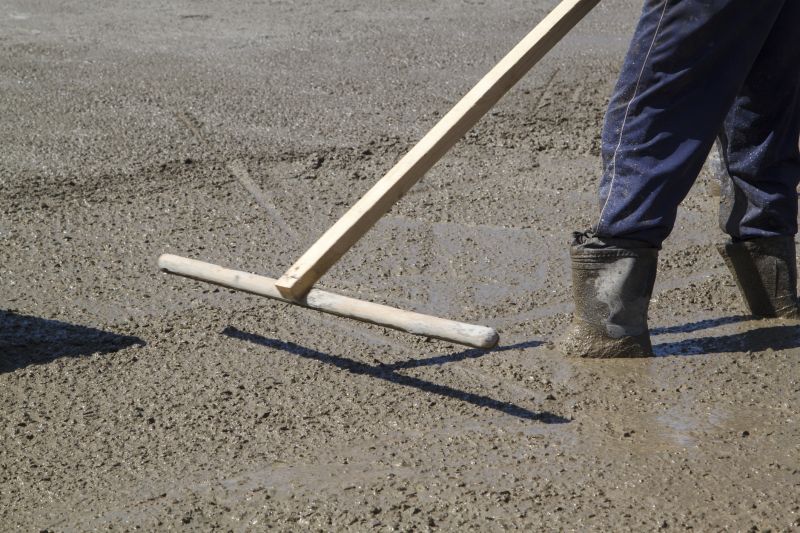
Summer's warm and dry conditions facilitate quicker setting times, but excessive heat can cause rapid drying, requiring careful timing.

Fall provides cooler temperatures and less moisture, making it suitable for concrete leveling before winter.

Winter is generally not recommended due to freezing temperatures that can hinder curing and cause damage.

Spring and fall are often considered the best seasons for concrete leveling due to stable weather conditions.

Avoid periods of heavy rain, snow, or extreme cold to ensure proper curing and adhesion of leveling compounds.
Concrete levelings are essential for restoring the surface of uneven or sunken concrete slabs, improving safety and aesthetics. Proper timing ensures the longevity and effectiveness of the repair. The ideal conditions involve moderate temperatures, low humidity, and dry weather, which help the concrete cure properly without cracking or shifting.
Statistics show that scheduling concrete levelings during favorable weather conditions can extend the lifespan of the repair by up to 50%. Cold or wet conditions can delay curing times and increase the risk of future damage, making seasonal planning critical for successful results.

Preparing for concrete leveling in spring involves assessing weather forecasts and scheduling during dry, mild days.
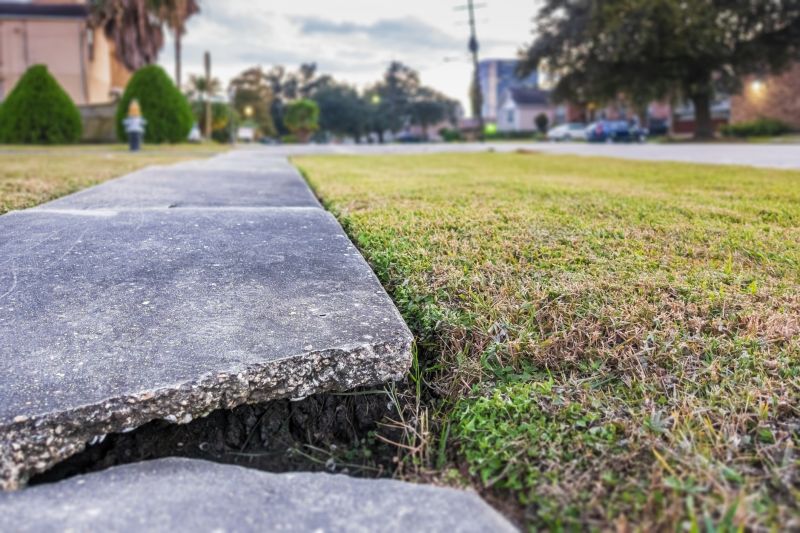
Summer requires monitoring temperature and moisture levels to prevent rapid drying or cracking.

Fall is suitable for leveling before cold weather sets in, ensuring stability for winter.
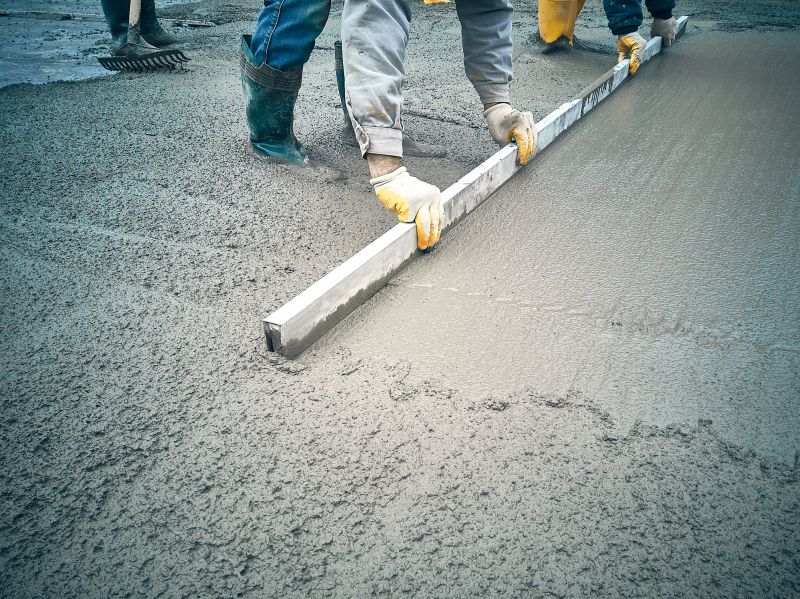
Winter's cold temperatures can prevent proper curing, leading to subpar results.
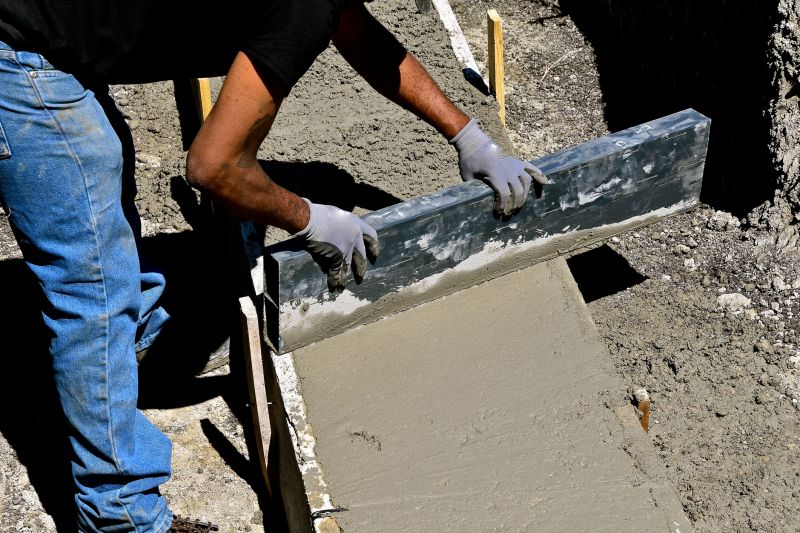
Adjusting scheduling based on regional climate ensures optimal curing conditions.
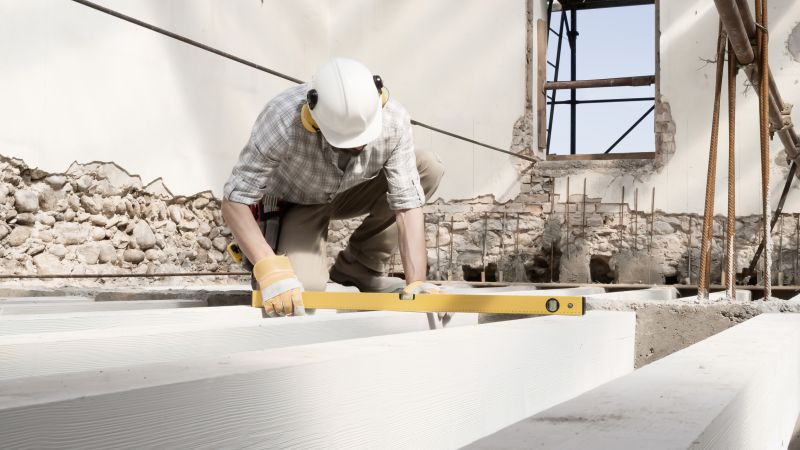
Continuous weather monitoring helps determine the best window for concrete leveling projects.
| Season | Ideal Conditions |
|---|---|
| Spring | Moderate temperatures, low humidity, dry weather |
| Summer | Warm, dry days, monitor for excessive heat |
| Fall | Cooler temperatures, dry conditions |
| Winter | Not recommended due to freezing temperatures |
| Optimal Seasons | Spring and fall for best results |
| Weather Factors | Avoid rain, snow, extreme cold |
Choosing the right time for concrete levelings depends on regional climate and current weather conditions. Proper timing ensures effective curing and long-lasting results. Consulting with professionals can help identify the most suitable period for scheduling repairs.
Interested in scheduling a concrete leveling project? Filling out the contact form can provide more information and help plan the optimal timing for specific needs.
Finishes and colors that play nicely with Concrete Levelings.
Little measurements that prevent headaches on Concrete Levelings day.
A 60-second routine that keeps Concrete Levelings looking new.



